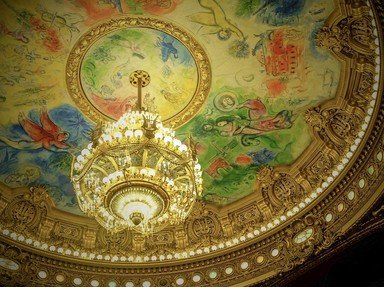Quiz Answer Key and Fun Facts
1. Who is Aida's love interest?
2. Who is executed before Tosca's suicide?
3. Whose head does Salome kiss?
4. Who is the Roman proconsul loved by Norma?
5. Who elopes with Manon Lescaut but is soon apprehended?
6. Who is the army commander to Elisabetta, Regina d'Ingilterra?
7. Who is revealed in the opera to be Lucrezia Borgia's son?
8. Who marries Arianna on Crete?
9. Who is the student on whom Mignon has a crush?
10. Who tries to retrieve Euridice from the Underworld?
Source: Author
JanIQ
This quiz was reviewed by FunTrivia editor
1nn1 before going online.
Any errors found in FunTrivia content are routinely corrected through our feedback system.
